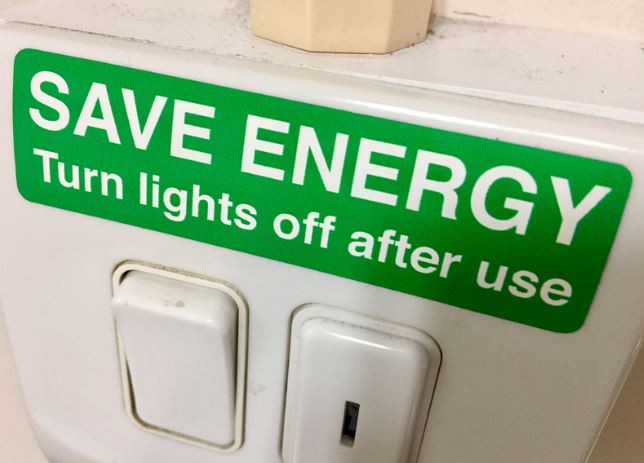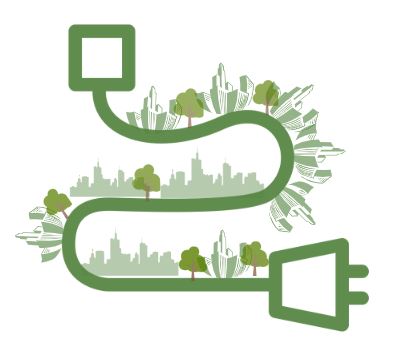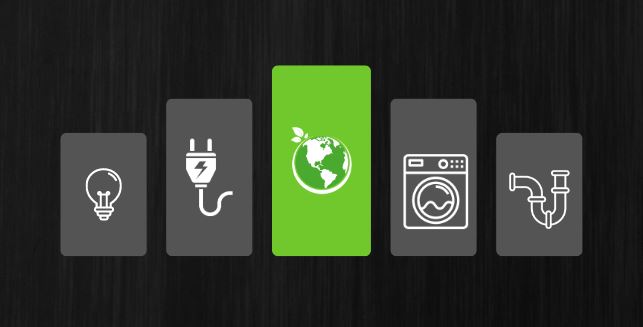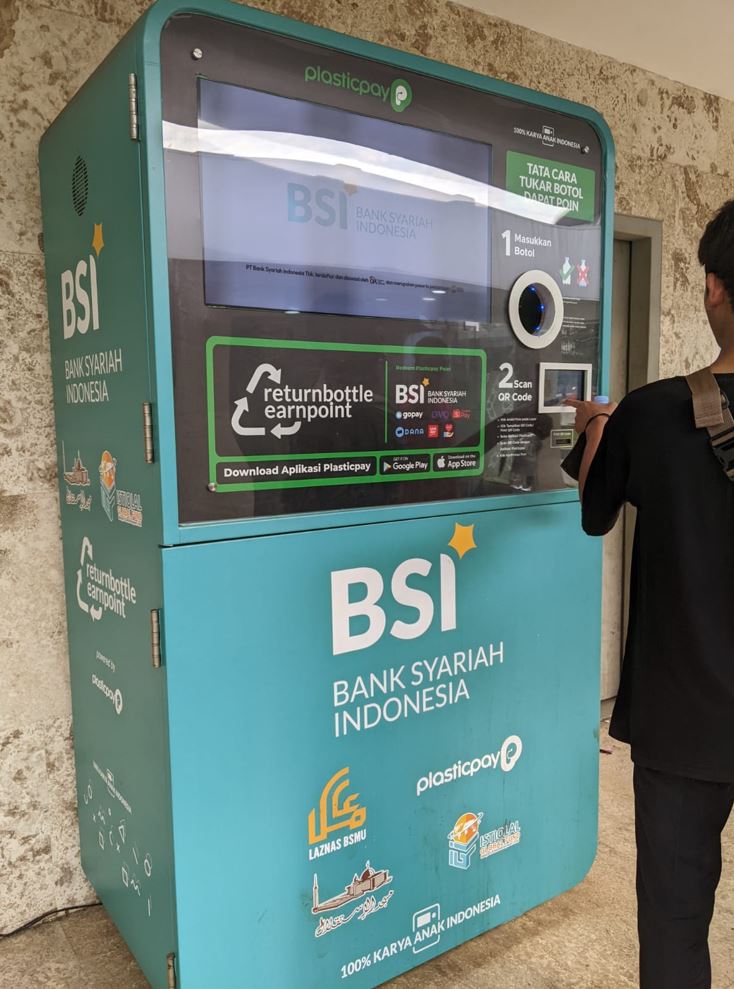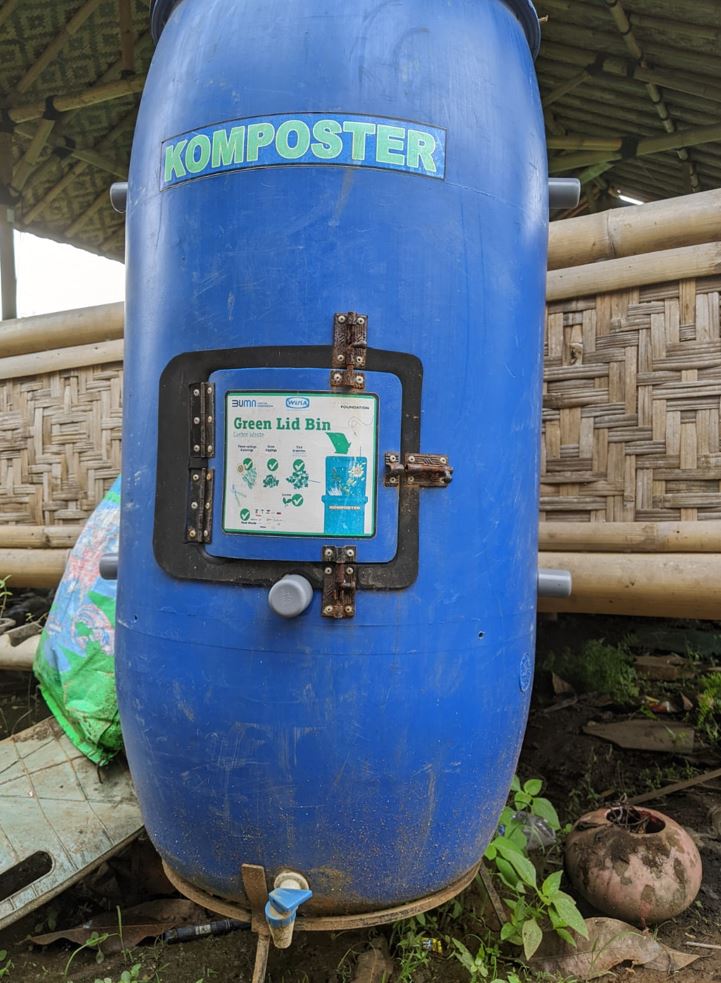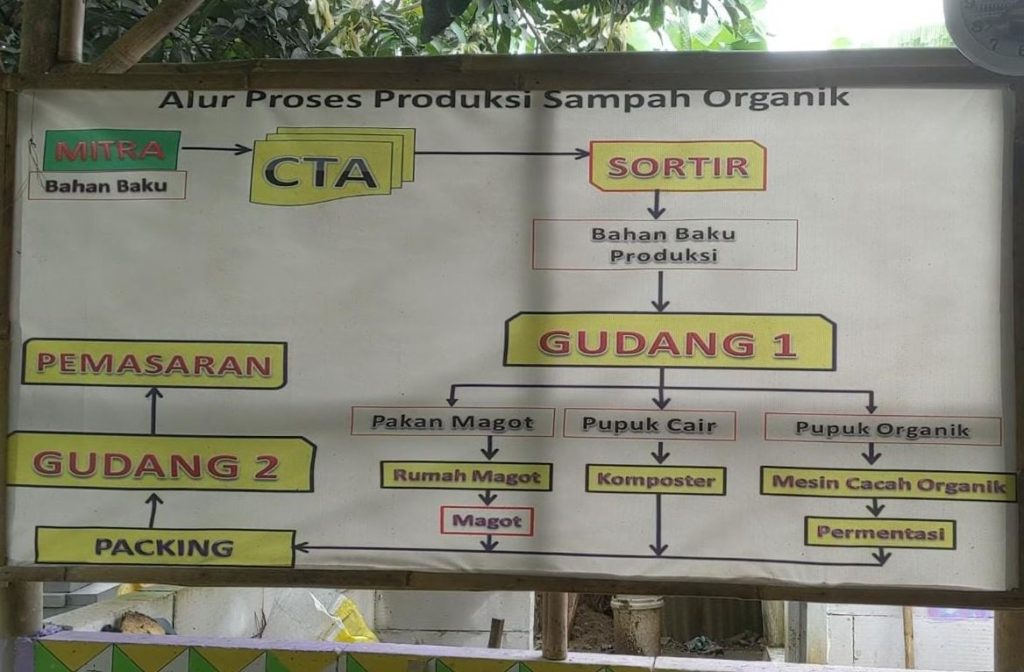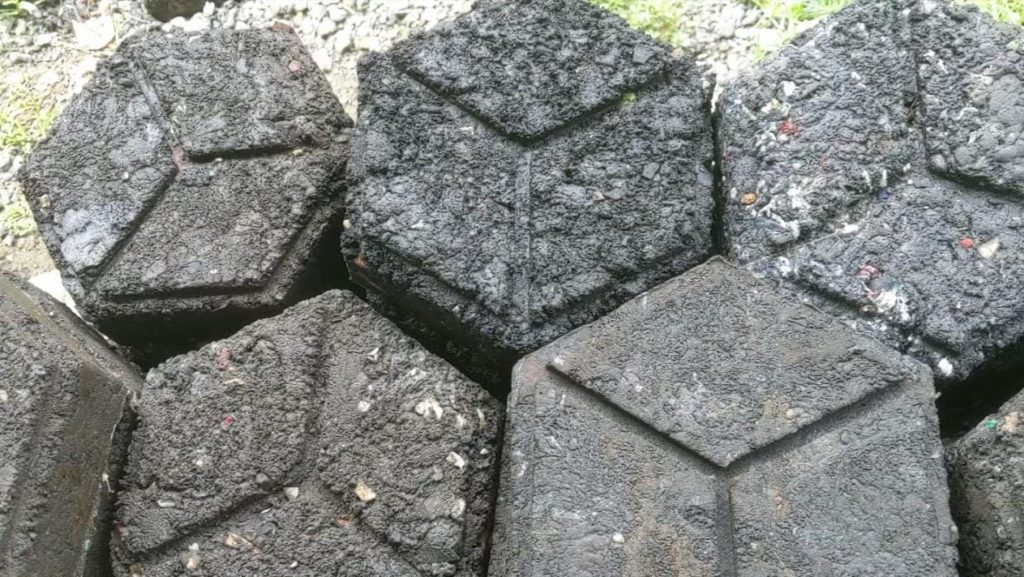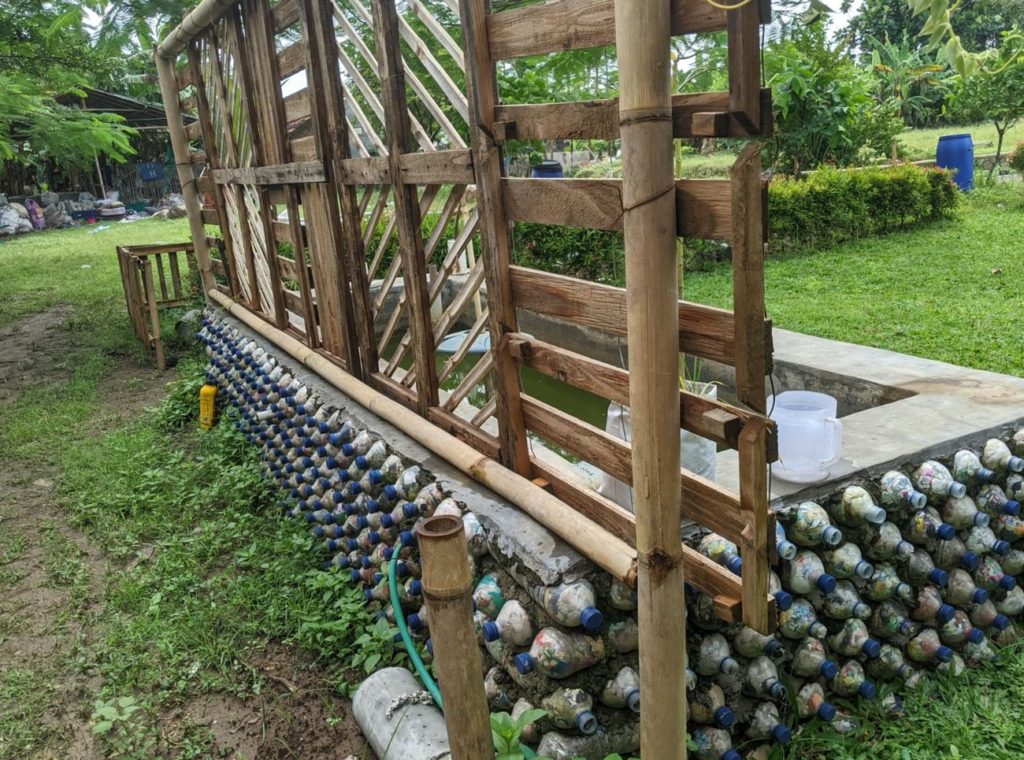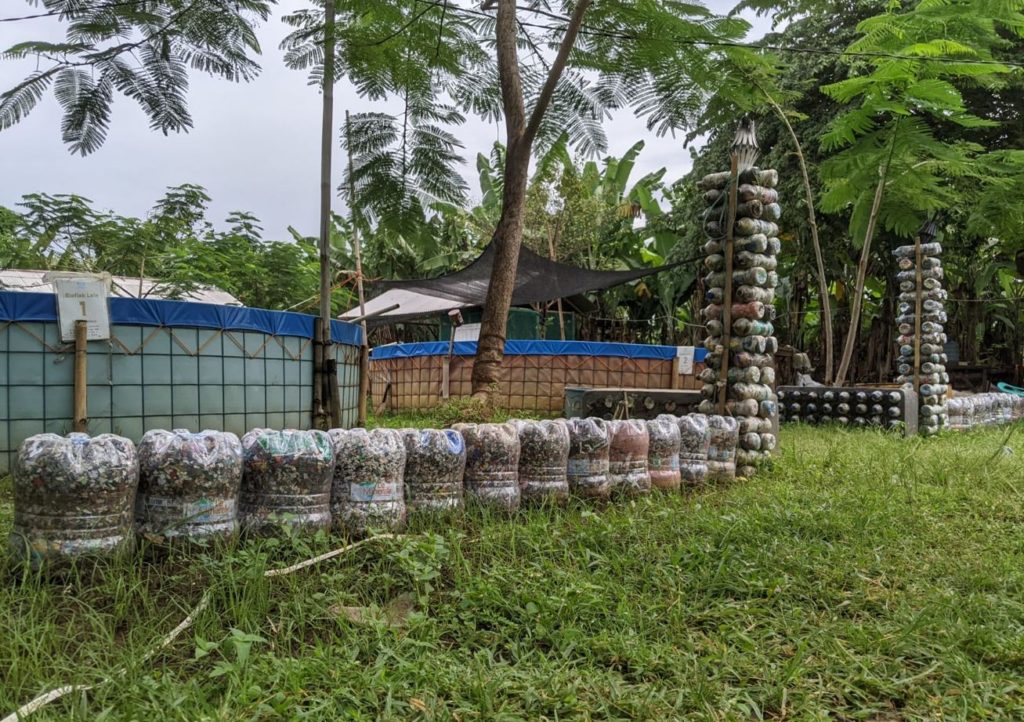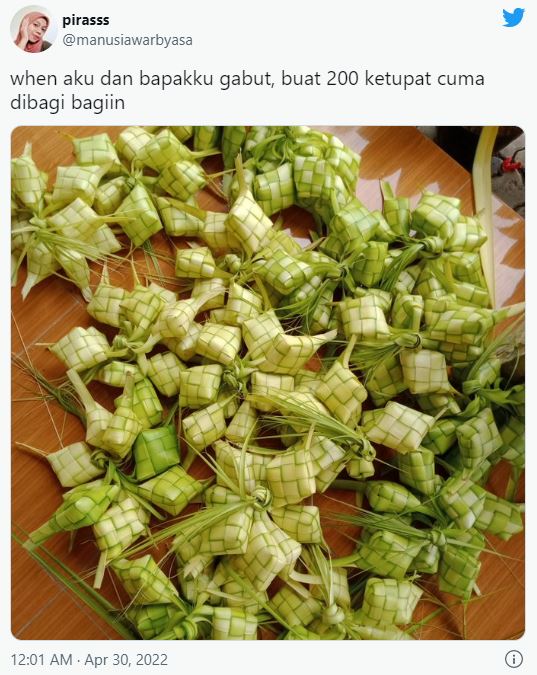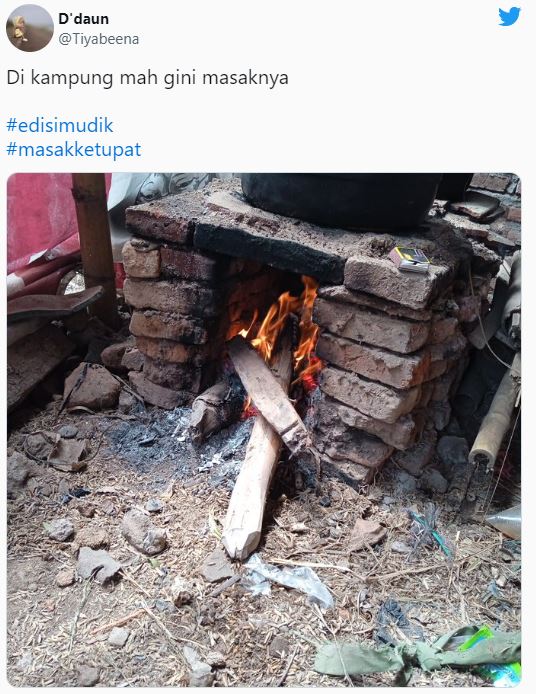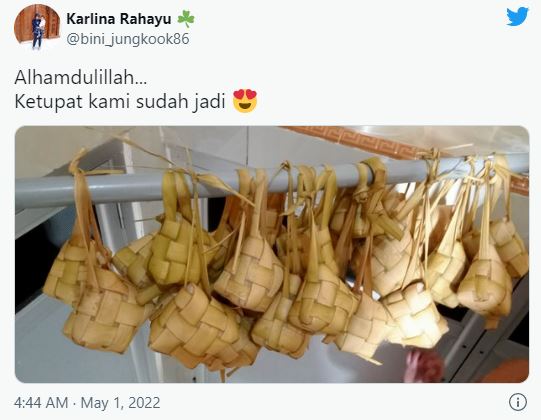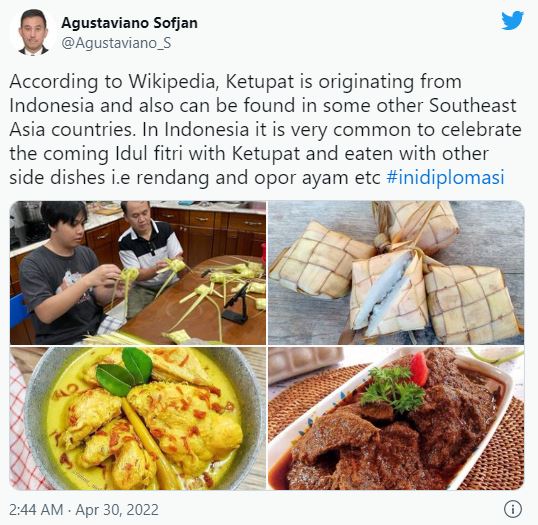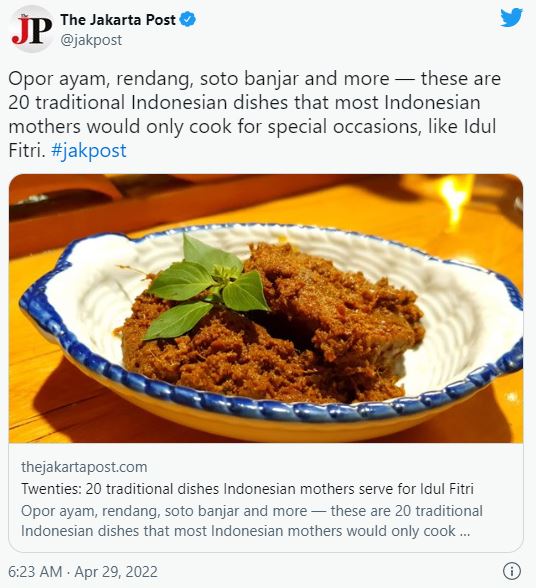Author: Sara Siddiqui
The Chicago Muslims Green Team recently had the pleasure of attending the Green Teacher Gathering in Chicago—a vibrant event bringing together educators, gardeners, and sustainability advocates from across the city. Among the many inspiring sessions, one workshop stood out for its blend of science, culture, and hands-on learning: “Bacteria is my Gut’s BFF.”
Led by the dynamic and passionate Chef Sarai Blankenbaker or Chef BB, the workshop took us deep into the fascinating world of the gut microbiome. We explored how beneficial bacteria play a crucial role in digestion, immunity, and overall well-being, and how our gardens can be sources of healing and health.
Chef BB introduced us to an array of prebiotic and probiotic foods we can grow ourselves—like cabbage, carrots, and hot peppers—and demonstrated how to transform them into delicious, fermented creations.
We had the chance to taste homemade kombucha and sample vibrant fermented veggies made by Chef BB herself, learning about the unique flavors and health benefits of these traditional preparations. We left not only with new knowledge, but also with a kombucha recipe, step-by- step fermentation methods, and a deeper appreciation for how different cultures—including indigenous communities—have used fermentation as a sustainable, health-supporting practice for generations.
This workshop aligned beautifully with the Chicago Muslims Green Team’s vision of cultivating environmentally responsible, health-conscious communities rooted in Islamic values. It reinforced our commitment to connecting spiritual well-being with ecological stewardship, and highlighted how growing and preparing our own food can nourish both our bodies and our planet.
We’re excited to put this knowledge into practice and to continue creating spaces where learning, community, and sustainability come together.
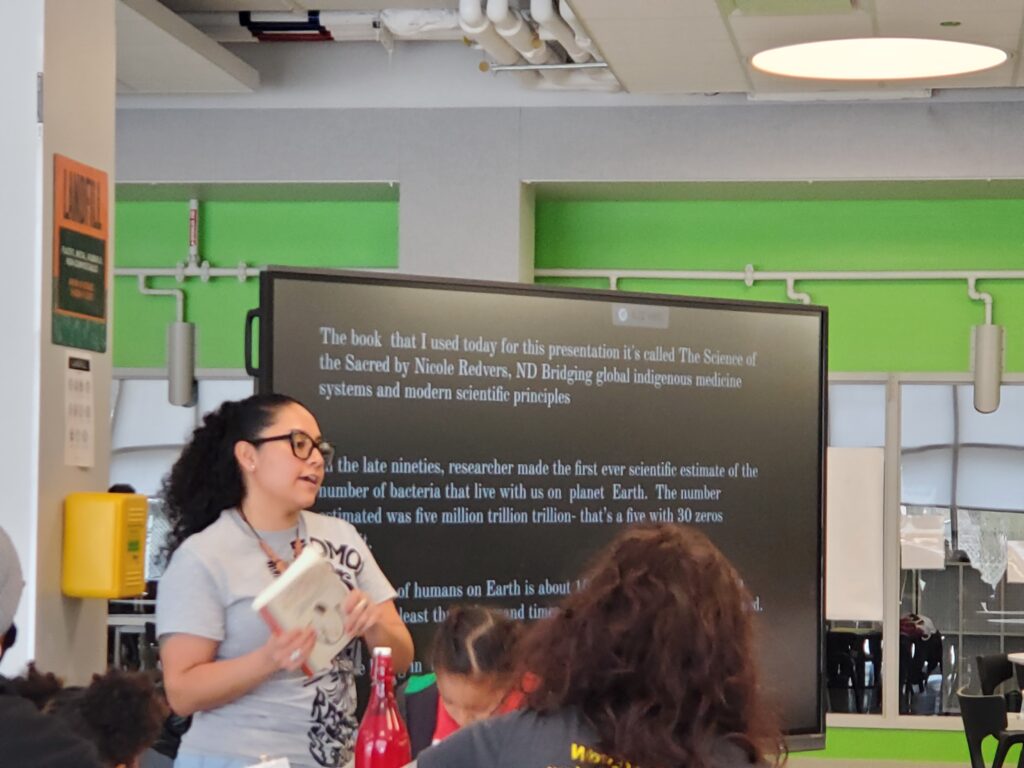



Pictures from the Green Teacher Gathering at Academy for Global Citizenship on Saturday, April 5, 2025.

CMGT table at the Green Teacher Gathering.






